Exhibitions
Kacho-e
"Birds and Flowers"
Pictures of birds and flowers - in Japanese kacho-e or kacho-ga - were particular favourites of the traditional Japanese artists. Kacho-e is one of the three pictorial motifs deriving from the Chinese classification system.
Swords and Accessories
of the Lebow Collection
The cries of battle, the neighing horses on the battlefield, and the clanging of swords striking against each other have long faded away. But the sword is one of the three most sacred symbols of the Shinto belief, which is why it holds a special place in Japanese culture.
Woman? Issue
Video installations by Mako Idemitsu
Mako Idemitsu (b.1940) is a pioneering video artist, one of the most outstanding in this field in Japan today.
Japanese Brush Drawings from the Dubiner Collection
from the Dubiner Collection
In 1959, Sam and Betty Dubiner visited Japan for the first time. During that visit they became enchanted by the art and culture that they saw in museums and galleries, and they were chiefly attracted to the works of the artist-poet Yosa no Buson (1716-1784).
Decorative Motifs in Japanese Art
Since the dawn of history, Japanese craftsmen and artists have been creating items in a variety of techniques such as ceramic, lacquer, woodcarving, painting, textile dyeing and metalwork, skillfully embellished with their preferred decorative motifs (soshoku no shudai).
Four Hundred Years of Edo
This year, Japan celebrates four hundred years since the beginning of the Edo era.
Between Tradition and Progress
Modern Japanese Prints
This exhibition deals with the boundary between realistic and abstract art in modern Japanese prints.
When the West reached Japan
In the year 1600 a Dutch boat was swept onto the coast at Kyushu, with a British navigator named William Adams (d. 1620) on board. Adams remained in Japan as adviser to the Shogun in regard to trade with the West.
"CRAZY PICTURES"
The beginnings of Manga in Japanese Art
he term "manga" - "occasional paintings" - was first used in the 19th century. Since the manga, drawn freely and directly onto the page, are sketches full of humour, the term has been applied to comic works.
Pillar Prints
Hashira-e ("pillar pictures") are woodblock prints with specific measurements - 70 cm. long and 12 cm. wide - and were widespread in Japan from the mid-18th to mid-19th centuries.


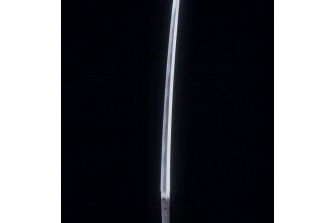
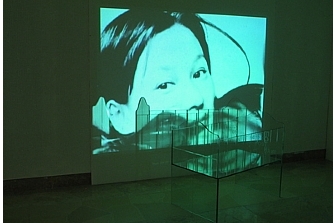
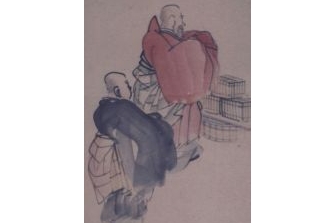
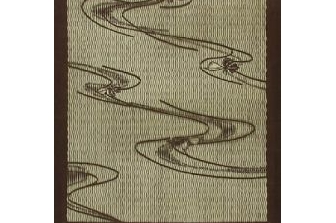
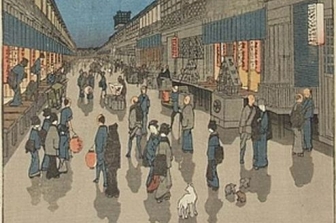
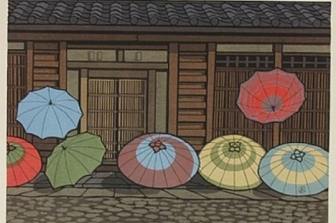
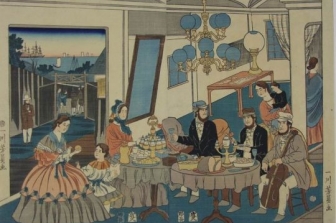
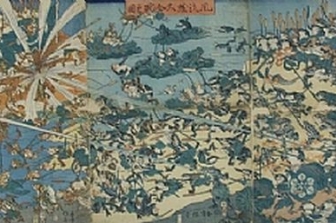
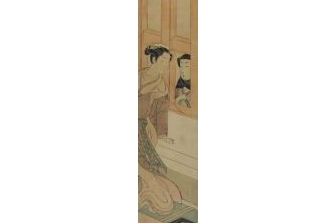
Please contact us and we will contact you as soon as possible